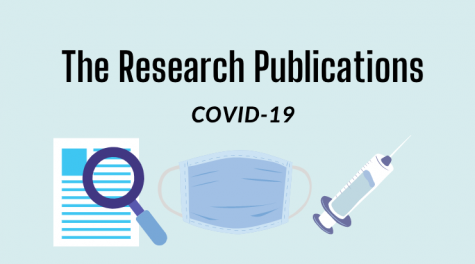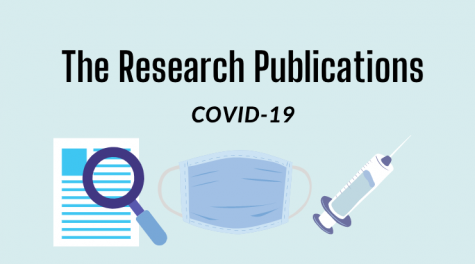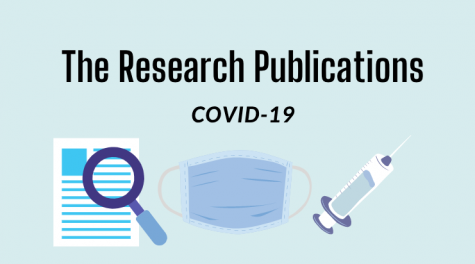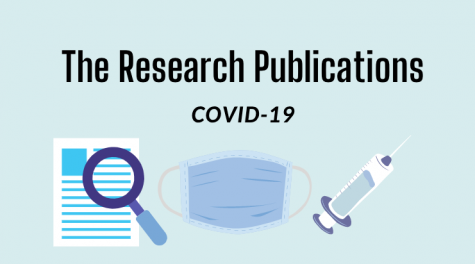Advancements have been made in quantum entanglement
The PV Student Publication has partnered with The Research Club to publish a series of research essays explaining innovative new research studies as well as other important topics. This essay explores the recent advancements in quantum entanglement.
(Editors Note: The PV Student Publication has partnered with The Research Club to publish a series of research essays. All research essays are written and fact-checked by members of the Research Club, and The PV Student Publication is rolling out these essays as a service to our community.)
Quantum entanglement is the process by which two or more particles become superposed. This means that they are bound together in a way that they remain connected no matter the distance between them. It is a challenging process, but when performed correctly, the particles will become unified. This happens in a way that any measurement of one particle is automatically true for the others, and any action of one particle directly and simultaneously affects the rest. But so far, to perform proper quantum entanglement, the particles have to be relatively small and have to withstand extremely low temperatures, some even below 10 mili-kelvin [1]. This fact is also why it has been such a struggle to properly manage a state of entanglement with multicellular life, until now.
Until recently, the only other form of life that managed to not only undergo quantum entanglement but survive was a type of photosynthetic bacteria [2]. This event gave 11 researchers the idea of possibly entangling multicellular life. It was known to the researchers that tardigrade, an almost microscopic animal, could withstand extreme pressures and near absolute zero temperatures [2]. This would be the candidate for their experiment. However, this feat would prove to be more challenging than originally expected. In order to properly maintain a state of entanglement with multicellular life, the researchers at Singapore “placed a dormant tardigrade on one of the qubits, and then brought the system to a temperature of sub 10 mk and to a pressure of 0.000006 millibars. The event itself would set a new record for conditions in which multicellular life could survive.[1][2]”
The tardigrade survived this through a process called cryptobiosis, or by going into what’s called a “tun.” This is when the metabolic rate of the creature gets so low, it’s almost put on pause [2]. The researchers then discovered that a tardigrade in a state of cryptobiosis and the superconductor that they had chilled to near absolute zero, shared some interesting similarities [1]. They were similar enough that when both were put into a combined system, it could be coupled with another qubit, or quantum bit, achieving quantum entanglement [1]. This leads the researchers to believe that they had properly maintained an entanglement with the subsystem, and thus a multicellular organism.
However, the claims made by the researchers and their colleagues in this paper have yet to be peer-reviewed. This also opens the possibility for veteran physicists and biochemists to debate the findings. Physicist Ben Brubaker claims that “the experiments detailed do not show what the authors originally claimed. One of the three possibilities discussed was that the entanglement could not have occurred. This would imply that any of the findings could be found with classical physics, and not quantum processes” [2]. Another author and physicist made the argument that “there were no measurements made on the tardigrade directly, only on the system as a whole. Without them, it leaves room for debate of explaining the findings with classical physics” [2]. The researchers at Singapore who conducted the experiment were open to the claims and even admitted that the experiment was not conducted perfectly [2].
If this experiment was revisited and quantum entanglement was properly achieved, it could lead to a wealth of new discoveries, technologies and innovation. Being able to achieve a stable entanglement alone could lead to accelerated advancements in communications and encryption technologies. The physicists researching with the tardigrade at the time were looking for new, fundamental, computer hardware that centralizes using quantum mechanics. Although there is not much purpose in using a biological component in quantum entanglement other than more complex involvement for the previously mentioned uses of the experiments, it was still a huge leap in the scientific field and gave way to more questions to be answered.
Cites:












